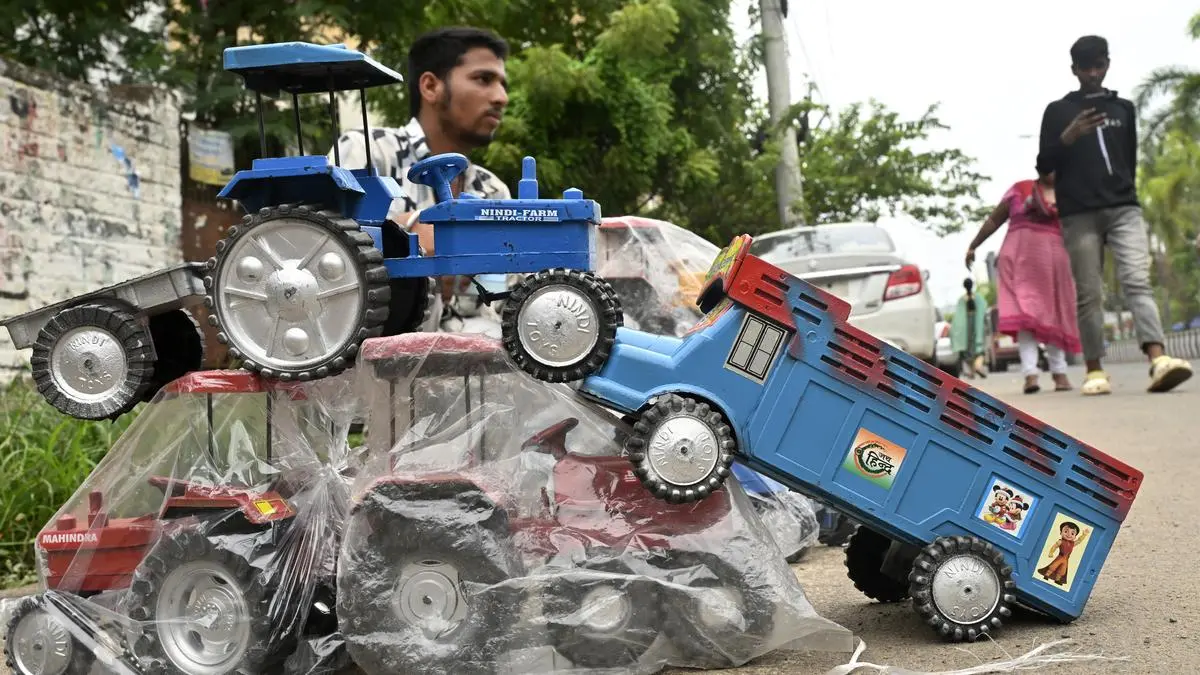By Nancy
India’s manufacturing sector continues to lag behind many of its Asian peers in terms of competitiveness. While this structural inefficiency has often been obscured by high trade barriers, recent trends suggest a growing reliance on non-tariff measures (NTMs), particularly Quality Control Orders (QCOs), as a policy tool. Though QCOs are intended to strengthen the domestic manufacturing ecosystem by enforcing quality standards, their implementation often impedes the import of critical inputs. This occurs either through the denial of certification to key importers or due to delays caused by complex testing procedures. Since 2019, the issuance and enforcement of QCOs have accelerated significantly, underscoring the need to scrutinise their broader economic impact.
The toy industry provides a compelling example. In 2020, India introduced QCOs in the toy sector to curb the influx of substandard imports. However, these regulations were accompanied by sharp tariff increases, from 20 per cent in 2019 to 60 per cent in 2021, and further to 70 per cent by 2024. As a result, toy imports plummeted by nearly 90 per cent, falling from $279 million in FY 2020 to just $35 million in FY 2023. While this might appear to signal a policy success, the scale and speed of the decline triggered unintended consequences.
Rather than bolstering domestic self-sufficiency, the abrupt restriction in toy imports disrupted supply chains and consumer access. India’s trade composition shifted rapidly: imports of finished toys collapsed, while imports of components, such as parts of electric toys, emerged for the first time in 2023. This pivot illustrates that manufacturers are attempting to circumvent QCO restrictions by importing parts and assembling toys domestically. However, this workaround does not reflect genuine self-reliance; India’s domestic production capacity has not scaled adequately to meet rising demand.
Export trends also highlight these constraints. India’s toy exports peaked in 2021–22 but declined thereafter. Reports from 10 of the country’s largest toy manufacturers indicate a 55 per cent drop in sales between 2022 and 2024, with many firms seeing either shrinking profits or net losses. These outcomes underscore the fragile state of domestic manufacturing, particularly among Micro, Small, and Medium Enterprises (MSMEs), which dominate the sector.
Demand-side pressures are intensifying. With 25 per cent of India’s population aged 0–14, rising disposable incomes, and increased consumer interest in STEM-based toys, domestic demand has surged. However, in the absence of sufficient supply, this demand-supply mismatch has led to price inflation. The Consumer Price Index (CPI) for toys and sports goods recorded an unprecedented 10 point rise in 2022, followed by another rise of 11 points in 2023, translating into fewer choices and higher costs for consumers.
Supply chain rerouted
The intended goal of de-risking from China has also produced mixed results. While China’s share of India’s toy imports fell from 86 per cent in FY 2019 to 46 per cent in FY 2023, imports from Vietnam grew by over 1,300 per cent in FY 2024 alone. This suggests that supply chains are being rerouted rather than fundamentally diversified.
Compounding these issues are high compliance costs. The BIS certification process involves licence renewals every 1–2 years, with fees ranging from ₹59,000 to ₹98,000, costs that are particularly burdensome for MSMEs. These firms often lack the scale and administrative capacity to absorb such expenses, making them especially vulnerable to QCO-driven trade restrictions.
The experience of India’s toy industry illustrates the risks of implementing QCOs without addressing domestic inefficiencies. Far from achieving self-reliance, these measures have created supply disruptions, fuelled inflation, and undermined the competitiveness of local manufacturers, particularly small-scale firms. This case underscores the importance of aligning trade policy instruments like QCOs with domestic capacity-building efforts to avoid unintended economic distortions.
A more effective strategy for strengthening and building capacity in the toy sector lies in attracting both domestic and foreign investment, particularly in research and development (R&D), high-tech manufacturing, and scaling up production. These efforts are essential not only to meet domestic demand but also to achieve cost competitiveness and establish price advantages in the global market. Ensuring quality in production is undoubtedly important, as it facilitates integration into global value chains (GVCs). However, it is essential to first address the underlying structural weaknesses of the sector before imposing stringent restrictions on foreign supply.
Nancy Gupta and Prerna Prabhakar are Economists who work on Trade and Competitiveness Issues. The views expressed are personal
Published on July 4, 2025
